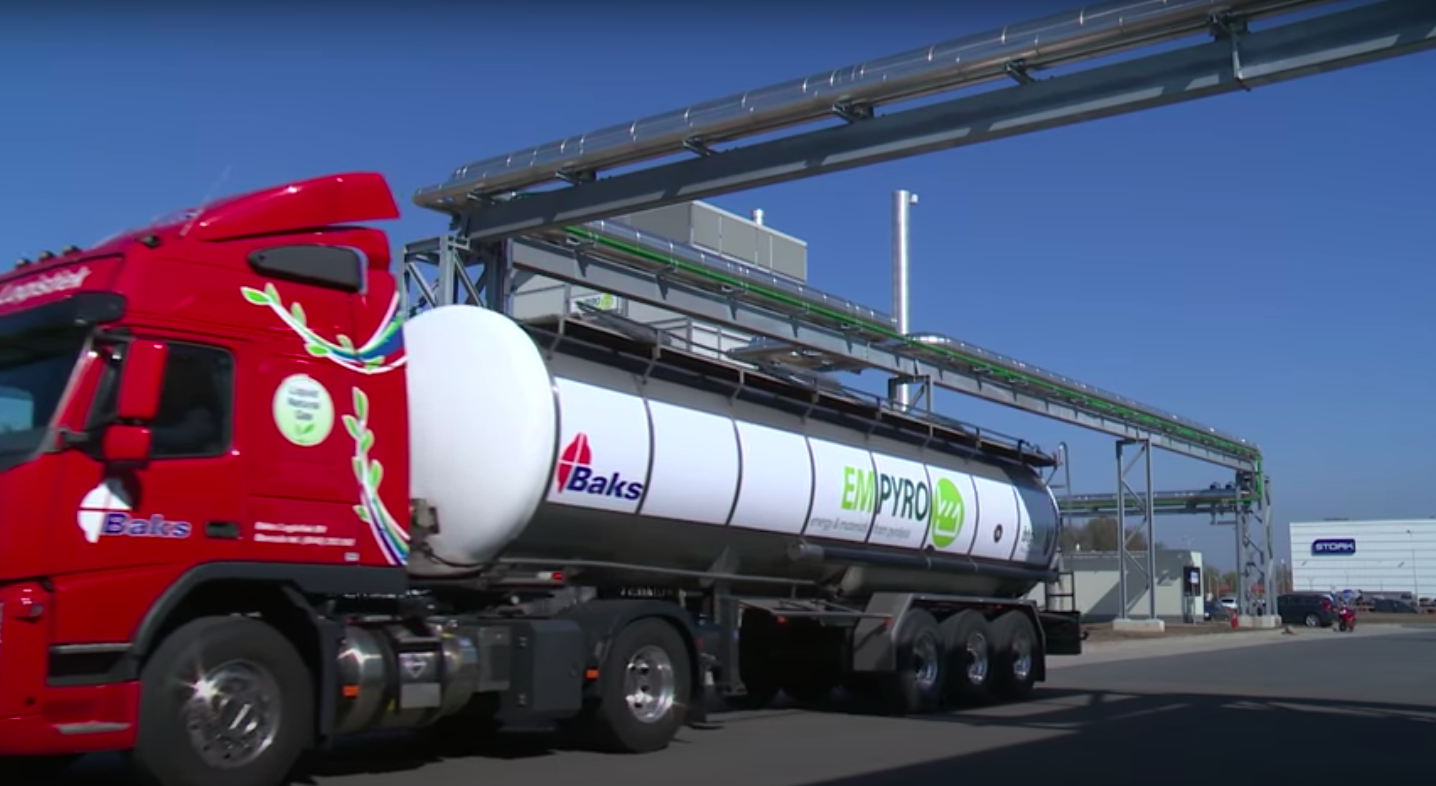As a technology supplier BTG Bioliquids delivers the engineering package, plant automation and the core components for pyrolysis plants. Other plant components and auxiliaries are sourced locally. BTG Bioliguids strongly believes in cooperation models involving local partners. Working with local partners helps to ensure full consideration of local regulations, standards and safety requirements. BTG Bioliquids will work together with (EPC-) partners when turn-key delivery is requested.
Service and maintenance contracts, including remote monitoring of the pyrolysis plant, are also part of the BTG Bioliquids supply package.
A wide range of biomass feedstock
In the last few years, BTG-BTL has tested more than 45 different kinds of biomass feedstock including wood, rice husk, bagasse, sludge, tobacco, energy crops, palm-oil residues, straw, olive residues, chicken manure and many more. BTG-BTL is always interested in broadening the range of suitable feedstock for producing pyrolysis oil.
Pyrolysis oil characterized (wood derived)
| Composition | C2H5O2 |
| Density | 1150 – 1250 kg/m3 |
| Higher heating value | 17 – 20 GJ/m3 |
| Water content | 15 – 30 wt.% |
| Viscosity | 25 – 1000 cP |
| Ash | < 0.1 wt.% |
| Acidity (pH) | 2.5 – 3 |
A compact, competitive, convenient and versatile technology
Converting biomass into pyrolysis oil offers several advantages:
> Pyrolysis oil is easy to store and to transport. Pyrolysis enables the decoupling of biomass supply and biofuel demand.
> Application of liquid biofuels such as pyrolysis oil is easier and more convenient than that of solid biofuels. Today, it is possible to use pyrolysis oil in existing oil boilers.
> Pyrolysis oil can be made from virtually any biomass feedstock, in particular residues. Applying biomass pyrolysis does not interfere with the food chain. Fast pyrolysis is a second-generation biomass technology.
> Demand for pyrolysis oil, a greenhouse gas neutral biofuel, is large and increasing.
> The minerals contained in biomass stay behind in the ashes. They can be reused locally, thus avoiding mineral depletion.
The BTG-BTL pyrolysis reactor concept involves rapid mixing of biomass and hot bed material. No inert carrier gas is used. This results in reduced system complexity and minimum down stream equipment size.
Typical characteristics of commercial units
| Feedstock | |
| – Particle size | < 10 mm |
| – Moisture content | < 10 wt.% |
| Capacity | 1 – 5 ton/hr |
| Pyrolysis oil yield | 50 – 70 wt.% |
Today pyrolysis oil can be used in oil and gas boilers; more applications are on their way
Pyrolysis oil can, or will, be used for a range of applications, including:
> Heat
> Power
> Transport fuels
> Chemicals
The current focus is on boiler applications. Typical boiler size ranges from 1 MW to 20 MW. Pyrolysis oil combustion in a boiler or furnace for heat and/or electricity generation is the most simple and straightforward application. Pyrolysis oil can replace (heavy or light) fuel oils and natural gas in industrial boiler applications.
Promising research is ongoing at BTG and elsewhere around the world to render future pyrolysis oil applications economically attractive. Research activities are focused on:
> Use of pyrolysis oil in diesel engines and gas turbines for power production
> Upgrading of pyrolysis oil to automotive fuels
> Development of processes to extract high-value chemicals from pyrolysis oil
BTG Bioliquids is the partner you need
To commercialize its biomass pyrolysis technology BTG Biomass Technology Group established
BTG BioLiquids B.V. (trade name BTG Bioliquids) in 2007. BTG, one of the pioneers in pyrolysis, started its fast pyrolysis developments in the early 1990s. Over the years, BTG has constantly improved its pyrolysis technology, developed innovative solutions and registered several patents. BTG Bioliquids fully enjoys BTG’s experience and know-how to build high quality pyrolysis plants

